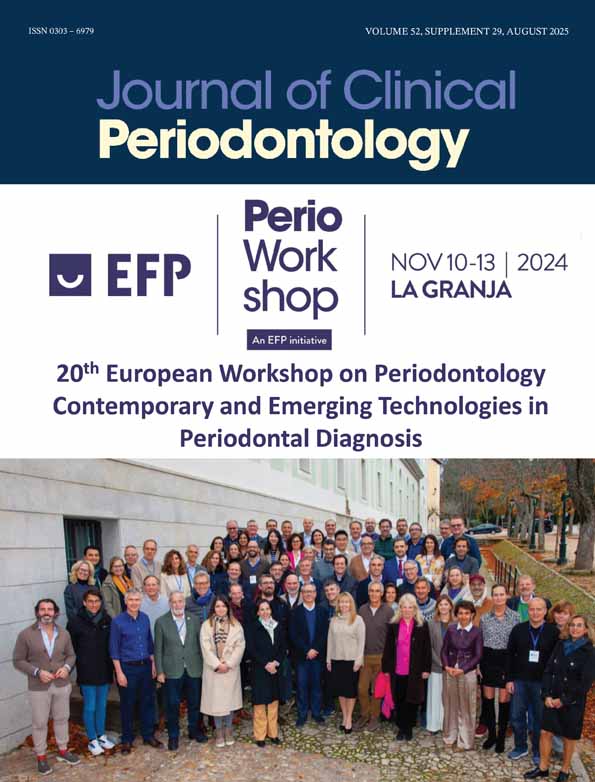Postoperative pain experience after gingivectomies using different combinations of local anaesthetic agents and periodontal dressings
Abstract
Abstract The present study examines postoperative pain experience following 243 gingivectomies in Norwegian patients using possible combinations of 3 local anaesthetics (lidocaine-adrenalin, prilocaine-felypressin or mepivacaine) and 3 periodontal dressings (Coepak, Wondrpak or Nobetec). When Coepak was used, the mean pain score was higher (P<0.05) in the group treated with lidocaine-adrenalin 4 to 6 h after gingivectomy than the groups treated with prilocaine-felypressin or mepivacaine. There was no significant difference between the groups treated with prilocaine-felypressin or mepivacaine. When Wondrpak or Nobetec were used, there was no significant difference between any of the local anaesthetics used. The present finding shows that the local anaesthetic combination of lidocaine-adrenalin (1:80,000) gives rise to a higher mean postoperative pain experience after gingivectomy than prilocaine-felypressin or mepivacaine. However, the relative difference in pain experience seen after gingivectomy when using the present local anaesthetic agents is masked when using an eugenolcontaining periodontal dressing. Thus, the higher pain experience reported after lidocaine-adrenalin may only be clinically important when using periodontal dressings without local anaesthetic components such as eugenol.




